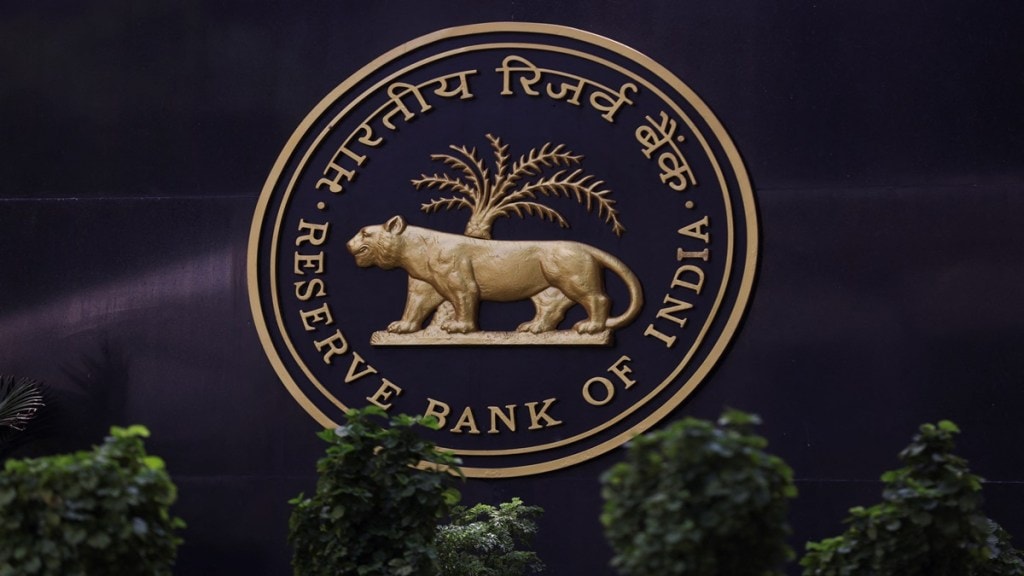With the interest rates on most small savings instruments being higher than their formula-based rates, transmission of policy rates to bank deposit rates is getting limited, especially in an easing cycle, because of the potential substitution effect, the Reserve Bank of India’s October bulletin noted.
“A large interest rate differential in favour of small savings could lead to a migration of deposits away from banks,” it added.
In the case of 1-year post office term deposits, the rate set by the government is higher than the formula-rate by 1.44 percentage points (pp), followed by 2-year term deposits, where the difference is 1.38 pp. In the case of Public Provident Fund (PPF), the difference is the least at 0.27 pp.
While the interest rate for State Bank of India’s (SBI) retail term deposit for 5-year and above is 6.05%, it is 7.5% for post office term deposit. Similarly, while the interest rate for SBI’s retail term deposit for 1 year to less than 2 years is 6.25%, it is 6.9% for 1-year and 7% for 2-year post office term deposits.
The Centre left interest rates unchanged for various small savings schemes for the seventh straight quarter beginning October 1, 2025.
The Shyamala Gopinath Committee, which was set up by the RBI in 2010, had recommended that small savings rates be fixed 25-100 basis points above the yields of government securities of similar maturity.
The spread is 100 basis points in case of Senior Citizens Saving Scheme (SCSS),75 basis points in case of Sukanya Samriddhi Account Scheme and 25 basis points for PPF, 5-year term deposit, Monthly Income Scheme and National Savings Certificate. There is no spread for 1, 2 and 3-year term deposits, Recurring Deposit Account and Kisan Vikas Patra.
Madan Sabnavis, chief economist, Bank of Baroda, says while the gap is high, interestingly the accretion to small savings is not very high. “At the margin there could be substitution but not significant. There are limits to what we can put in PPF or SCSS.”
He says the time deposits of post offices offer high rates but are not popular in urban areas and are still prevalent in rural and semi urban areas. “Looks like that these rates are not really a major driving factor for banks as the weighted average domestic term deposit rate (WADTDR) has come down even though small savings remain unchanged,” he says.
However, Gaura Sen Gupta, chief economist, IDFC FIRST Bank, says the widening gap between small savings rates and their formula-based rates will limit the transmission of deposit rates. “This comes at a time when credit to deposit ratio has remained elevated at 80% for the banking system. Hence there will be competition among banks for deposits.”
In response to the 100 basis points (bps) cut in repo rates during the current easing cycle (February to August 2025), the WADTDR on fresh and outstanding deposits moderated by 106 bps and 22 bps, respectively.
Across bank groups, the transmission to lending rates was higher for private banks. On the deposit side, the pass-through was higher for public sector banks.

